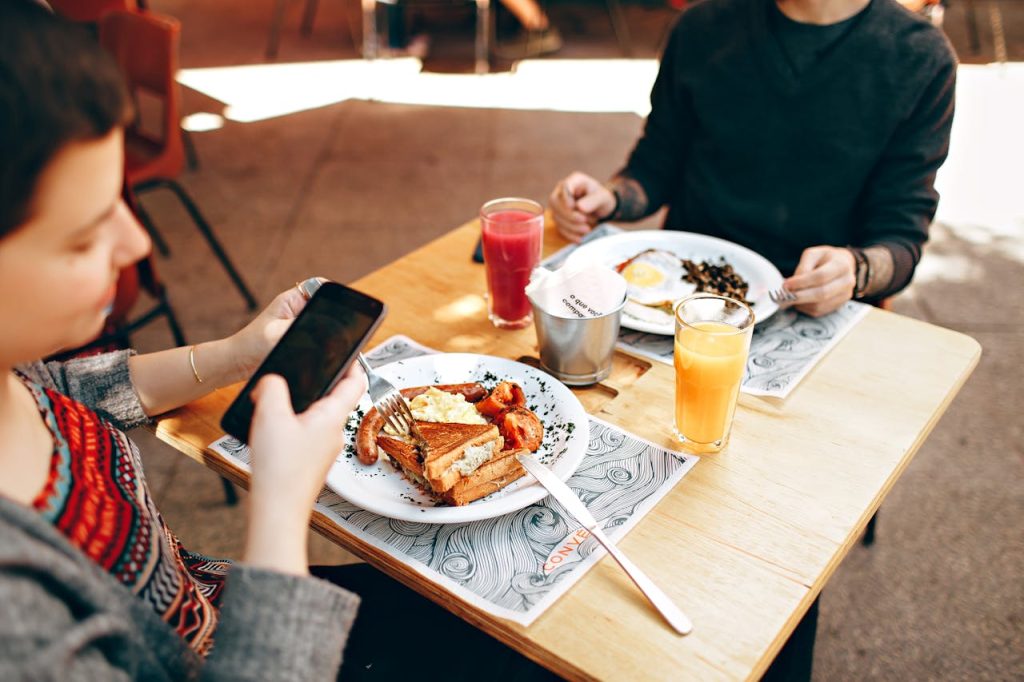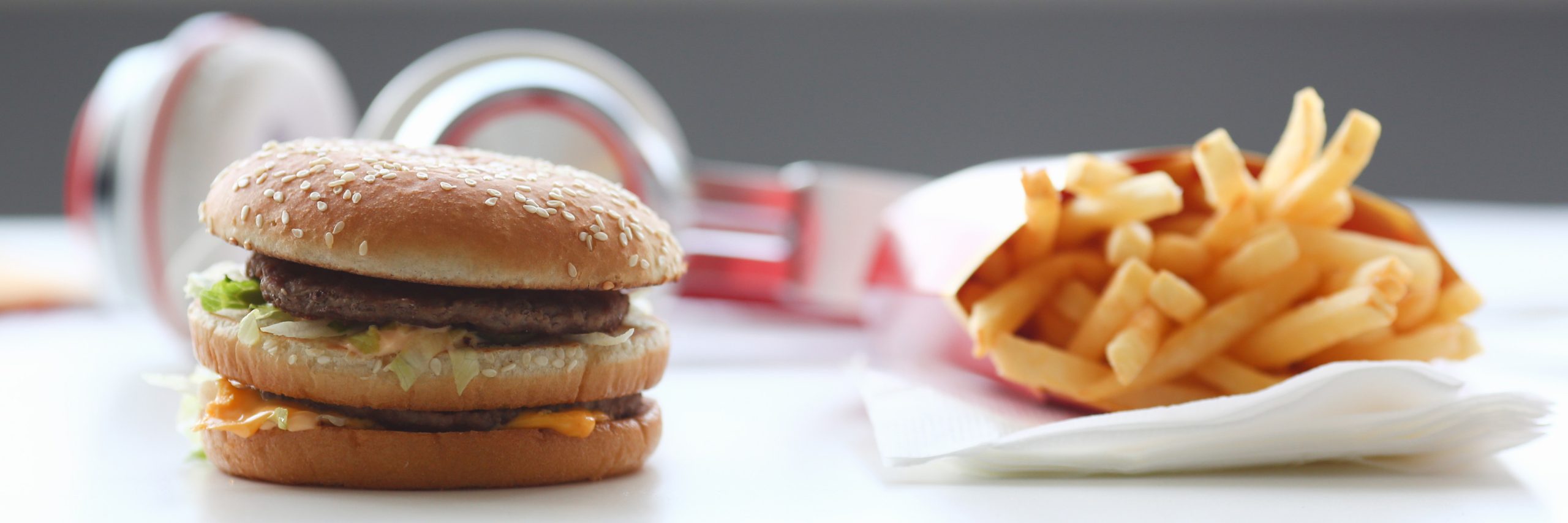
Image Source: pexels.com
That $12 lunch you grab between meetings might seem harmless, but have you calculated what it’s really costing you? The convenience of eating out for lunch comes with a hefty price tag that extends far beyond the number on your receipt. Americans spend an average of $3,000 annually on lunch alone, according to a survey by Visa. This financial drain isn’t just affecting your wallet today—it’s potentially robbing your future self of thousands in potential savings and investments.
1. The Hidden Annual Cost
When you break down the numbers, the actual cost of eating out for lunch becomes alarmingly clear. The average restaurant lunch costs between $10 and $ 15, while a homemade meal averages $3 and $ 5. This $7-10 daily difference might seem small, but it compounds dramatically:
Daily savings: $8 (average)
Weekly savings: $40 (working days only)
Monthly savings: $160
Annual savings: $1,920
That’s nearly $2,000 per year disappearing from your budget! This amount invested annually at a 7% return could grow to over $100,000 in 25 years. Your daily lunch habit isn’t just a meal—it’s potentially your future vacation home or early retirement fund.
2. The Workplace Lunch Trap
The workplace environment often encourages eating out through subtle social pressures. Team lunches, client meetings, and the cultural norm of “getting out of the office” can make brown-bagging seem antisocial or unprofessional.
Many professionals report spending more on lunch during workdays to maintain social connections or avoid appearing frugal to colleagues. This workplace lunch trap often leads to:
- Spending 70% more than intended due to peer influence
- Choosing more expensive options to “keep up appearances”
- Eating out 4+ times weekly instead of occasionally
Breaking free requires setting clear boundaries and finding alternative ways to socialize with colleagues that don’t revolve around expensive meals. Consider organizing walking meetings, coffee breaks, or potluck lunches that serve the same social function without the financial burden.
3. The Convenience Tax You’re Paying
Convenience comes at a premium, and restaurants know it. The markup on restaurant food typically ranges from 200-300% of the actual food cost. This “convenience tax” extends beyond the visible price:
- Transportation costs to and from restaurants
- Time spent waiting for food (average 8-12 minutes)
- Potential impulse purchases (drinks, desserts, appetizers)
- Tips and service charges (15-20% additional cost)
When you factor in these hidden costs, your $12 lunch might actually represent a $20+ expense in real terms. Is saving 15 minutes of preparation time worth paying triple the price for your meal?
4. The Health Cost Equation
Restaurant meals contain, on average, 1,200 calories—nearly 60% of the recommended daily intake for an average adult. A study published in the Journal of the Academy of Nutrition and Dietetics found that eating out regularly is associated with:
- Higher BMI and increased healthcare costs
- 50% higher sodium intake than home-cooked meals
- 60% higher saturated fat consumption
These health impacts translate directly to financial costs: higher insurance premiums, increased medication expenses, and potentially lost income due to illness. The true cost of eating out extends far beyond your immediate budget—it affects your long-term health and economics.
5. The Psychological Spending Cycle
Lunch spending often falls victim to what financial psychologists call “exception accounting”—the mental justification that “today is special” or “I deserve this.” This psychological trap creates a cycle where:
- Each lunch out feels like a one-time exception
- Small expenses seem insignificant in isolation
- The cumulative impact remains invisible
- Spending becomes habitual rather than intentional
Breaking this cycle requires conscious awareness of these psychological patterns and implementing systems that make saving the default option rather than requiring willpower each day.
6. Your Financial Freedom Lunch Plan
Reclaiming control of your lunch spending doesn’t mean eating sad desk salads forever. Strategic approaches can maximize both satisfaction and savings:
- Implement the 1:4 rule—one restaurant lunch for every four brought from home
- Batch-cook appealing meals that you actually look forward to eating
- Create a dedicated “lunch out” fund with a fixed monthly budget
- Use apps that round up purchase amounts and invest the difference
- Calculate your “true hourly wage” (after taxes and work expenses) to understand how many working minutes each lunch costs
You transform a daily expense into a powerful wealth-building tool by approaching lunch with intention rather than habit.
7. The Million-Dollar Lunch Decision
That daily lunch choice is potentially worth over $1 million to your retirement fund. If you invested the $1,920 annual lunch savings at an 8% average return from age 25 to 65, you’d accumulate approximately $1,064,000. Your sandwich choice today is literally determining your financial freedom tomorrow.
The most powerful aspect of the lunch decision isn’t just the immediate savings—it’s the mindset shift it represents. When you master this daily financial choice, you develop decision-making muscles that extend to all areas of financial life.
What small changes could you make to your lunch routine this week? Share your favorite money-saving lunch hacks or biggest challenges in the comments below!
Read More
11 Dining Etiquette Rules That Have Disappeared Over the Decades
Wasted It? Don’t Waste Your Inheritance on These 13 Things

Travis Campbell is a digital marketer/developer with over 10 years of experience and a writer for over 6 years. He holds a degree in E-commerce and likes to share life advice he’s learned over the years. Travis loves spending time on the golf course or at the gym when he’s not working.


